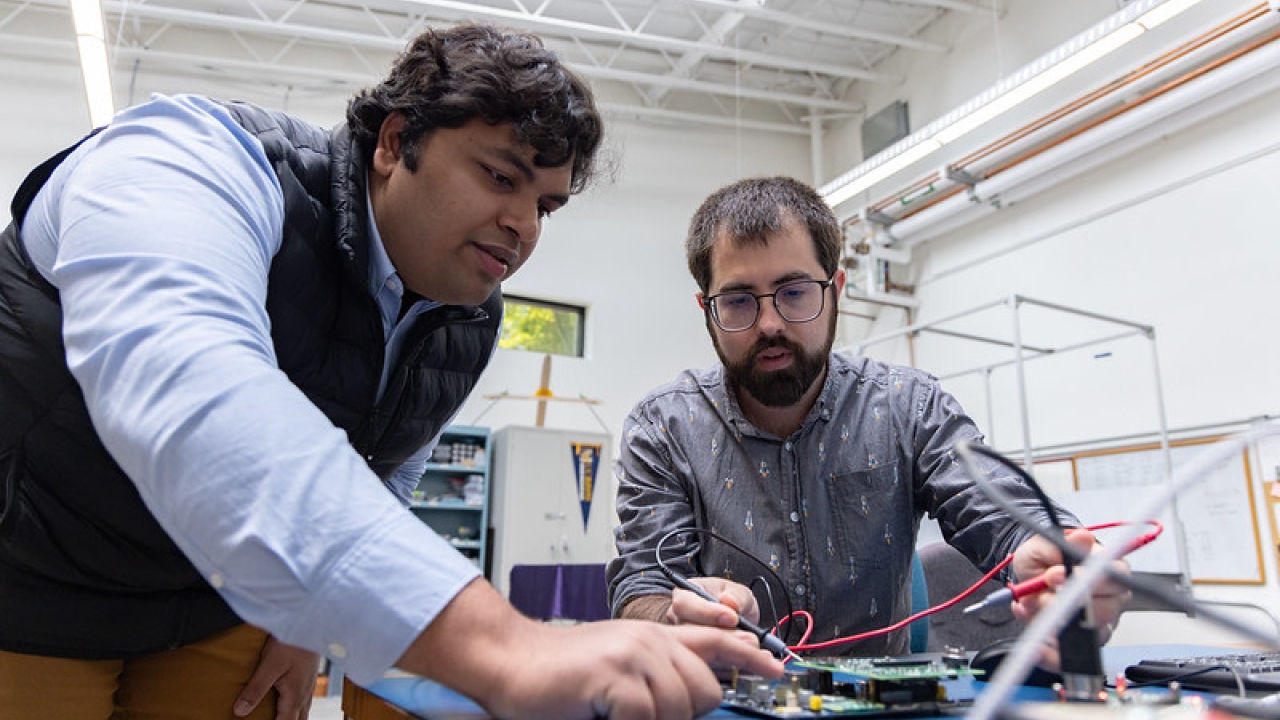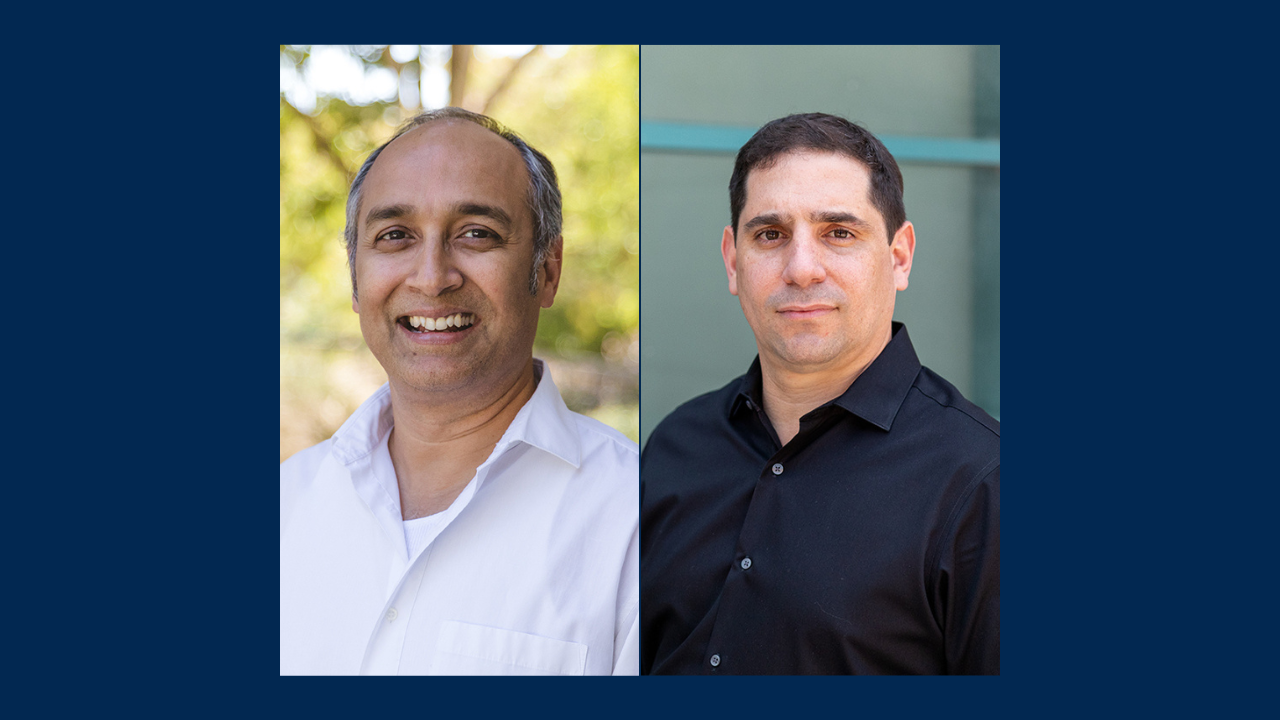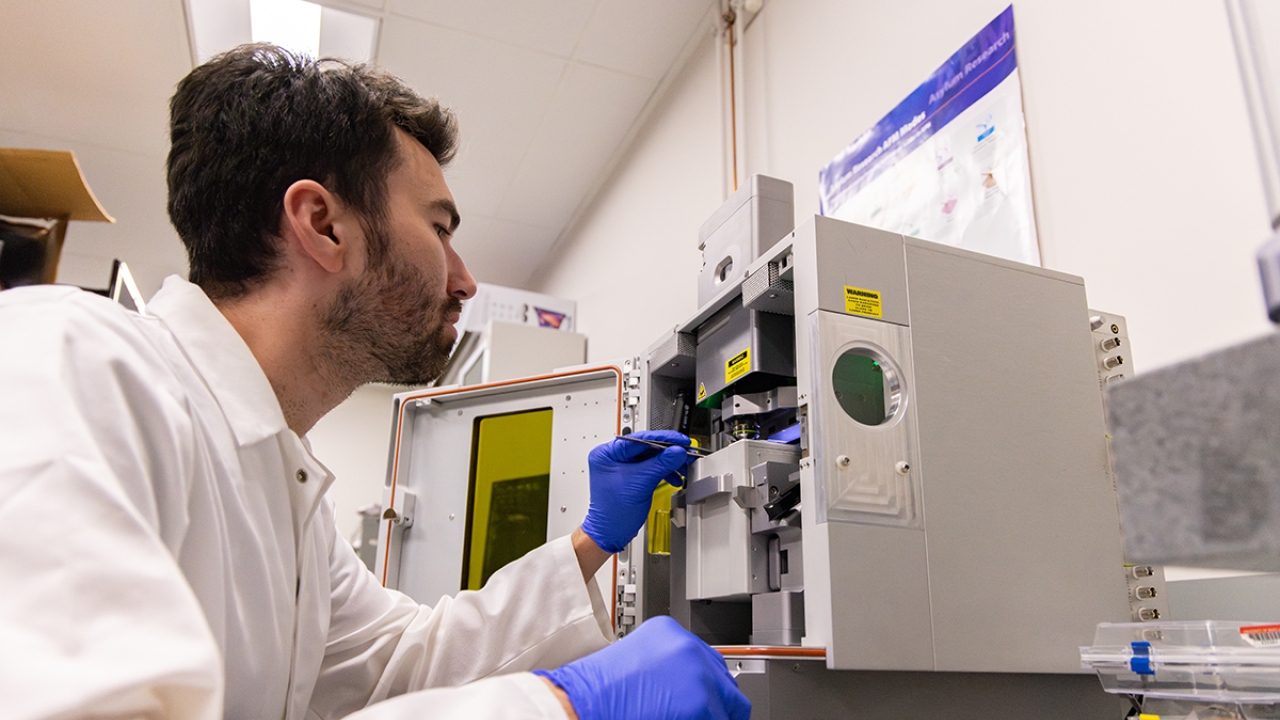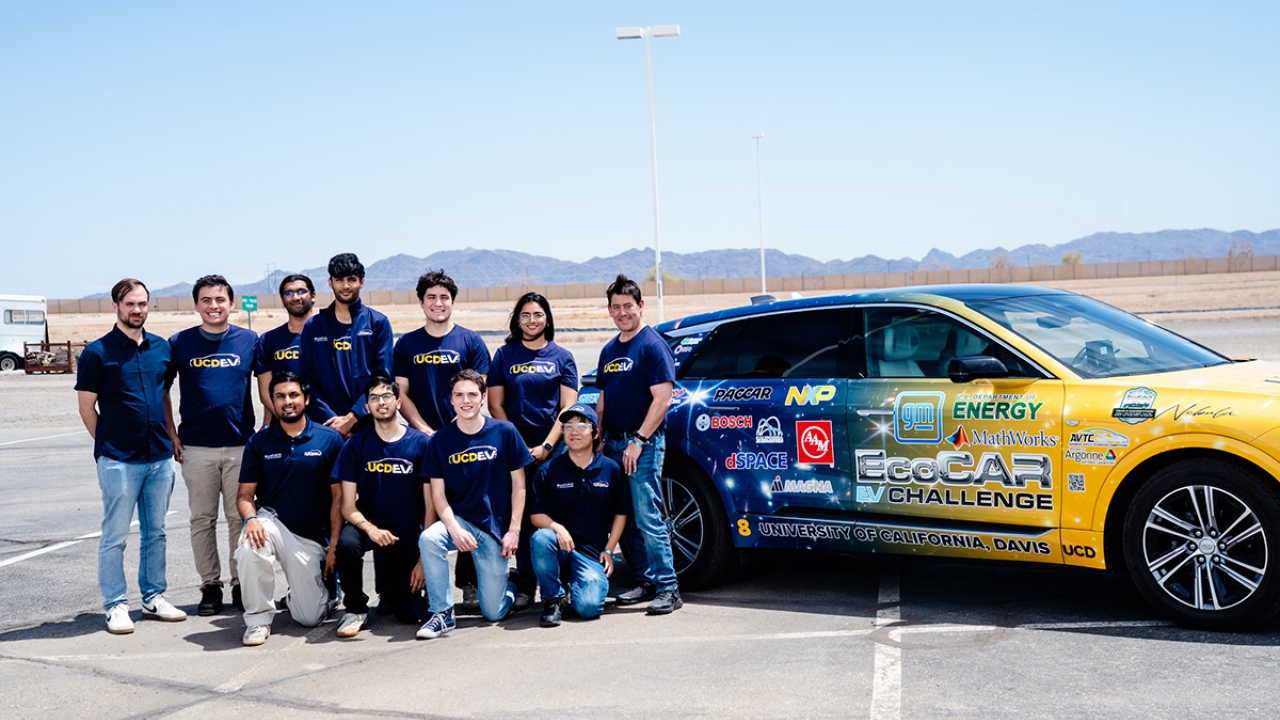Biography: Neville C. Luhmann Jr.
Despite its massive population, our world can seem remarkably small at times.
After earning an undergraduate degree from the National Technical University of Athens, Greece, in 1977, Linda Katehi came to the United States and did her graduate work at UCLA, earning both a master’s degree and doctorate in electrical engineering. One of the UCLA faculty serving on her dissertation committee was Neville C. Luhmann Jr., well into his lengthy stint in the university’s Department of Electrical Engineering.
Flash-forward to the present day, which finds Luhmann a member of the UC Davis Department of Electrical and Computer Engineering. He was among the campus’ many faculty members who welcomed Katehi in 2009, when she became chancellor of UC Davis. Luhmann undoubtedly wishes that more former graduate students could rise to such illustrious careers.
Luhmann has established a similarly celebrated niche in his own field. His undergraduate work in engineering physics at UC Berkeley was followed by a doctorate in physics, earned in 1972 at the University of Maryland, College Park. He did postdoctoral research at Princeton University’s Plasma Physics Lab for a year, then joined the UCLA Department of Electrical Engineering, rising to full professor in 1981. He remained at UCLA until 1993, at which point he moved north to take over as chair of the UC Davis Department of Applied Science; he held that position for five years, and since then has served as a distinguished professor in the College of Engineering. When the Department of Applied Science was shuttered in 2011, he transitioned to the Department of Electrical and Computer Engineering.
Whether at UCLA or later at UC Davis, Luhmann’s interests have focused on microwave and millimeter wave solid state devices, systems and imaging; phased array antennas; plasma physics and wave-plasma interactions, among many other topics. Such research is applicable — as just one example — in cancer diagnostics and treatment.
Shortly after arriving at UC Davis, Luhmann’s innovative work with vacuum electronics garnered the U.S. Department of Defense’s 1994 Robert L. Woods Award. A decade later, Luhmann received the 2005 UC Davis College of Engineering Dean’s Outstanding Senior Research Faculty Award. That same year, he earned the Institute of Electrical and Electronics Engineers (IEEE) Plasma Science and Applications Committee Award for “pioneering contributions to basic plasma science; and for the development of coherent microwave sources, including harmonic gyrotrons and gyro-TWTs; and of millimeter-wave imaging technologies, for plasma diagnostics and other applications.”
Luhmann is, as well, both an IEEE Fellow and a Fellow of the American Physical Society.
In June 2008, Luhmann and UC Davis colleague Anh-Vu Pham conceived the Davis Millimeter Wave Research Center as an industry/university cooperative research program. The center was inaugurated in October 2010 during a ceremony that included an overview by Luhmann and opening remarks from Chancellor Katehi. The facility — now teamed with Agilent Technologies — has focused on fostering millimeter wave technology for wireless communications, radar, sensing and imaging systems. This technology is found in commercial products such as medical imaging systems, security scanners and gigabit wireless communications devices and sensors. Defense applications include radar and active denial systems.
Luhmann also has worked closely with UC Davis’ Plasma Diagnostics Group, the Microwave Plasma Interaction Program, the Advanced Thermionics Research Initiative Program (ATRI 2000) and various other programs involving microwave and millimater wave solid-state technologies. Since 1999, he has directed the National Institute of Health/National Cancer Unconventional Innovations in Cancer Detection/Treatment Program. He also directs two Department of Defense programs: the Multidisciplinary University Research Initiative (MURI) High-Power Microwave Sources Consortium, and the MURI Innovative Microwave Vacuum Electronics Consortium.
He has published extensively, contributing scores of articles to journals, and co-authored books such as Modern Microwave and Millimeter-Wave Power Electronics and Plasma Scattering of Electromagnetic Radiation. He was selected to give the plenary talk at 2010’s 19th International Toki Conference on Advanced Physics in Plasma Fusion Research, in Toki, Japan.
His many research accomplishments notwithstanding, Luhmann is equally proud of an entirely different sort of honor: the 2007 Outstanding Mentor Award, presented by the UC Davis Consortium for Women and Research, which recognizes faculty members who have engaged in sustained and successful mentoring of women at UC Davis. This honor recognizes what Luhmann has deemed equally essential since his days at UCLA: the need to “give back” by nurturing the next generation of scientists.
Some of whom may even become university chancellors one day.




